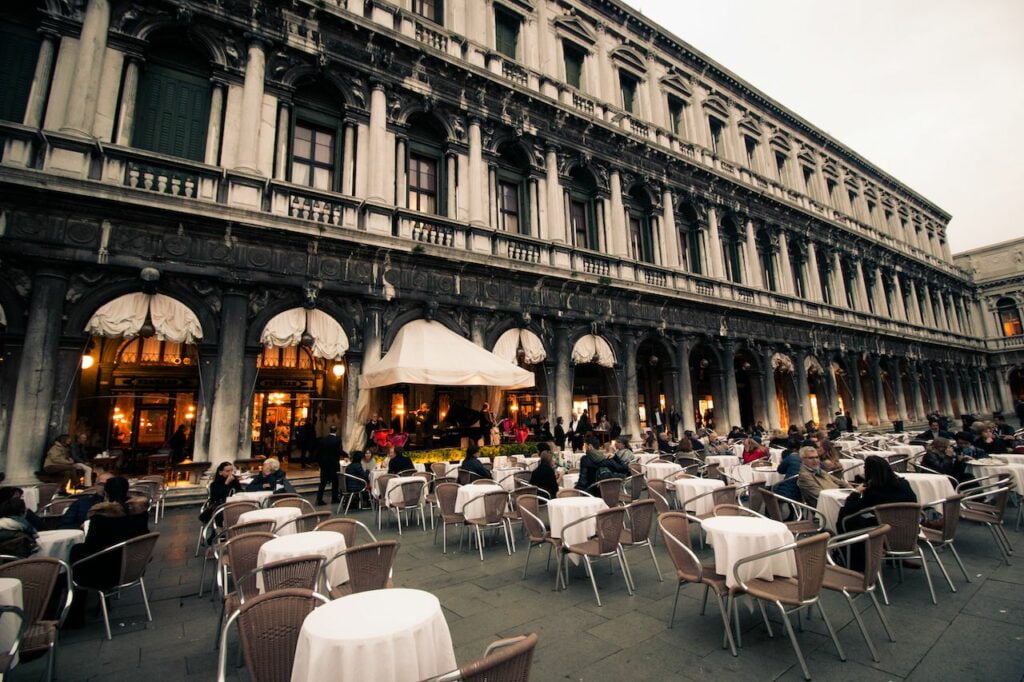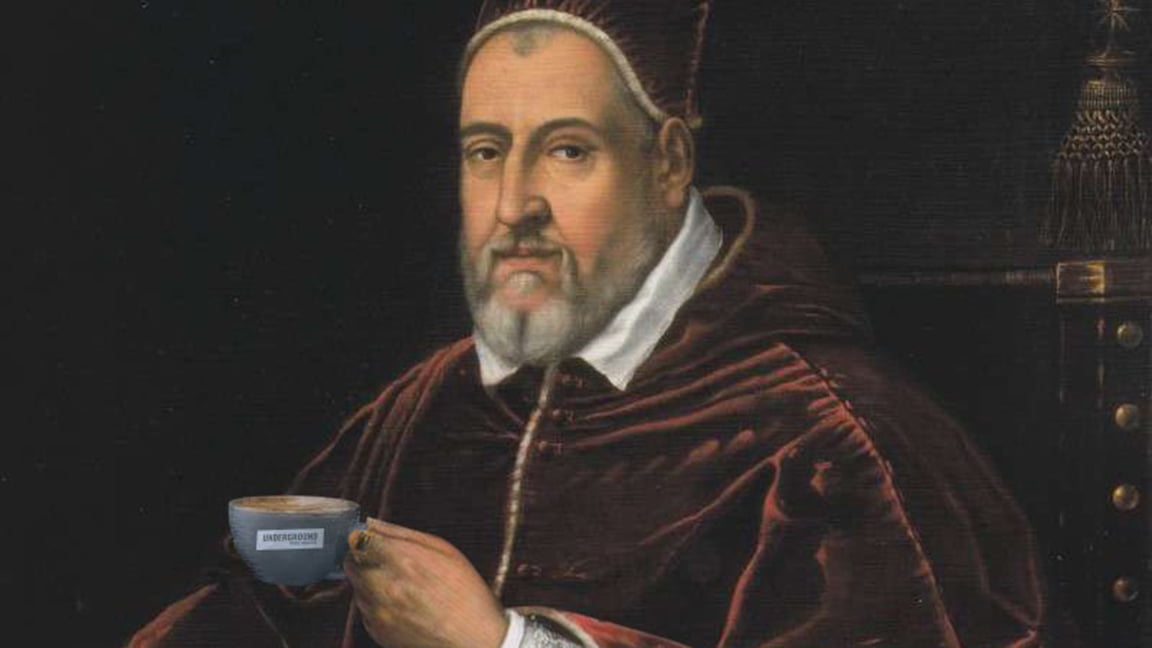In our last part we have learnt about Arabian and Persian Banned on coffee. In this part we will through a little light on Italy.
As soon as coffee reached Europe in the late 16th century, priests pushed for its outlawment and demonic labeling. When this new beverage arrived in Venice in 1615, the local Catholic clergy reacted to it with apprehension or horror and referred to it as the “bitter invention of Satan.” Some of that opposition was based on the perception that coffee, which originated in the mystical Eastern countries of Turkey and the Arabian Peninsula, was an unusual and stimulating beverage. It had a “whiff of Islam, infidels, and sexual aberration” for Catholics. It had a dubious appearance of being a substitute for the wine used in the Eucharist.

It became so heated that Pope Clement VIII (1592–1605) was requested to step in. But the clergy’s proposal backfired. Before making a decision, Clement decided to try the drink for himself. He declared it to be both a Christian and a Muslim beverage after finding it to be delicious. He wryly said, “This Satan’s drink is so tasty that it would be a pity to let the infidels have exclusive use of it…. we should cheat the devil by baptizing it!” The prudent Pope reasoned that permitting coffee may coax some of his flock away from alcohol, which was known to have negative effects. After Pope Clement VIII “baptized” coffee, the first coffee house opened in Rome in 1645. And the rest is history. Since then, coffee has been referred to as the devil’s drink or the devil’s cup, yet thanks to this papal blessing, coffeehouses have exploded across Europe.

Image © Botton Horvath
Attacks on coffee continued well into the 17th century and beyond: in Constantinople, England, Sweden, and Prussia. We will learn about these places in Next parts of this history section, so stay caffeinated.
[TBC]

